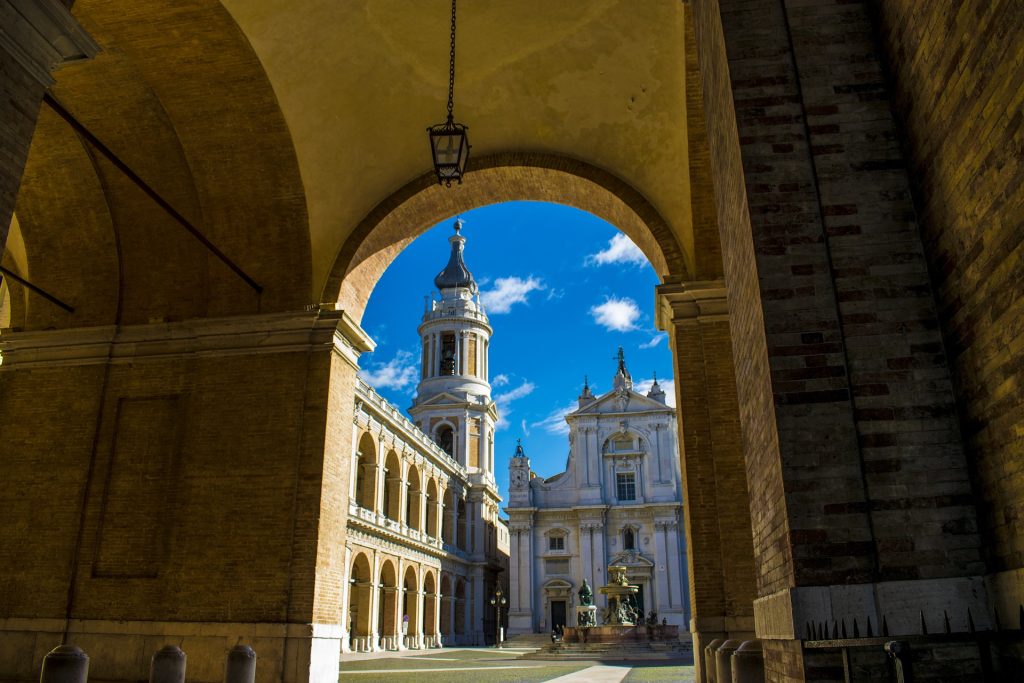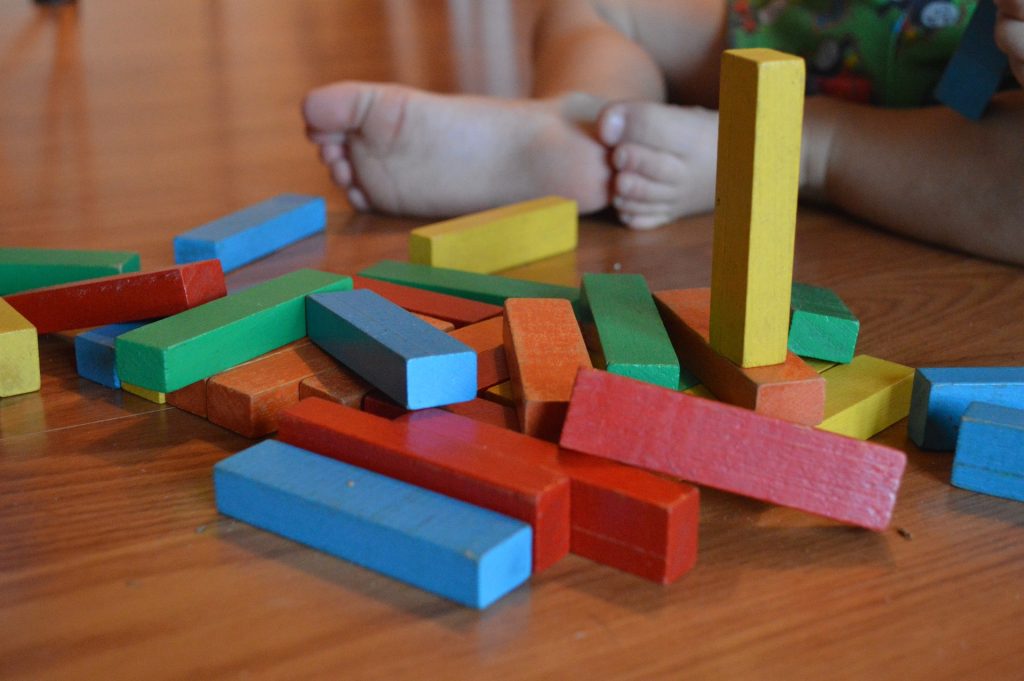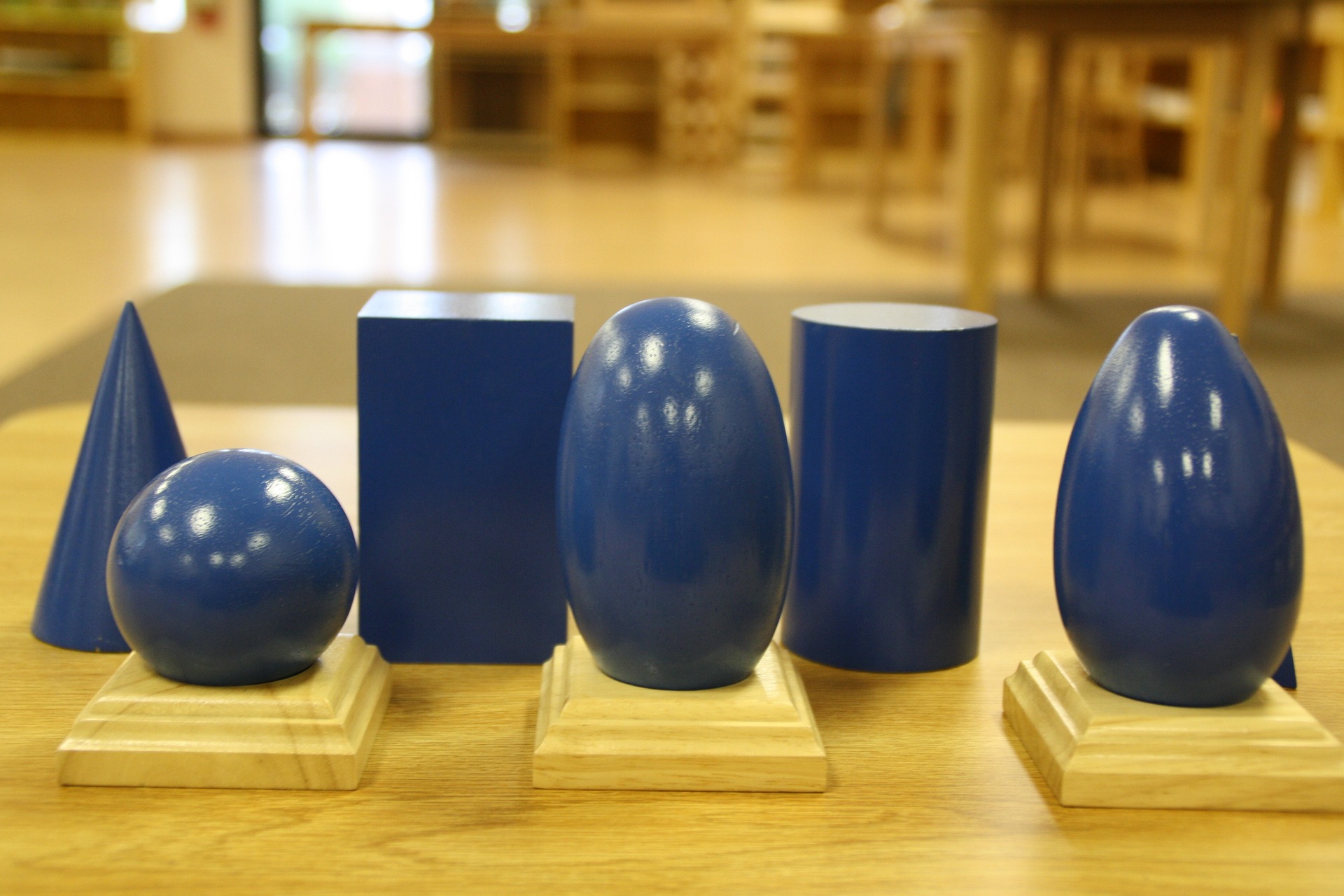At the turn of the last century, Maria Montessori developed a pedagogical direction that quickly became popular all over the world. which bear her name.
The birth and youth of Maria Montessori
Maria Montessori was born on August 31, 1870, in the small town of Chiaravalle in the province of Ancona, Italy, to mother Renilda Stoppani and father Antonio Stoppani. She was educated at an all-boys school in Rome, with an emphasis on science and engineering. Despite her father’s opposition, she decided to focus on medicine. Her hard work and passion paid off as she became one of the first women to graduate from the University of Rome.

Education and ideas of Maria Montessori
As you can imagine, in the conservative Italian society, education in an almost exclusively male environment was quite a challenge for Maria. Since it was inappropriate for her to attend lectures with men in the presence of a naked body at the time, she had to do her dissections alone, after hours. Montessori won an academic award in her first year, and in 1895 she secured a position as a hospital assistant and gained early clinical experience. For the last two years, she studied pediatrics and psychiatry and worked in a pediatric outpatient clinic and emergency department, becoming an expert in pediatric medicine. Montessori graduated from the University of Rome in 1896 as a doctor of medicine. Her thesis was published in 1897 in the journal Policlinico.
In 1909, she organized the first educational course of her method in Italy, which was attended by approximately 100 students. During this time, he also wrote his first book, The Montessori Method, which was translated into 20 languages. In 1915, she visited the United States of America for the second time with her son Mario, where she attended various conferences and lectured at training courses.

Beliefs and beliefs of Maria Montessori
She advocated for women’s equality, equal working conditions and wages. At the University of Rome, she led lectures on the topic of pedagogy, she studied all the most important works of educational philosophy of the time. When she attended the Women’s Congress in London in 1899, she was received by Queen Victoria.
In 1900, she began working at a psychiatric clinic in Rome, where she studied children with special needs, developmental delays and those who simply did not receive proper care and tried to stimulate their senses in various ways. For some, the situation improved so much that they practically caught up with their peers without any problems. In 1901, she devoted herself to her second degree at the University of Rome – experimental psychology and anthropology. As part of her anthropological research, she visited a large number of primary schools.

The international establishment and growth of Montessori education
In 1929, an educational center for teachers was opened in Rome. Montessori schools are opening all over the world, because Maria teaches and educates all over Europe and the world. In 1931, Maria Montessori led various international art courses in Italy and England. In the same year, Mahatma Ghandi visited the Montessori school in Rome.
Montessori started her schools long before they became recognizable. On January 6, 1907. Dr. Montessori founded the first Montessori school in a ghetto in Rome. It was called “La Casa Dei Bambini”, the Children’s Home. Maria’s experience with children with special needs became the foundation of the Montessori visual system. Later, she expanded the curricula and programs to all visual levels of students.
She was nominated for the Nobel Prize for the first time in 1949, and then twice more, in 1950 and 1951.
Nazism and the destruction of Montessori schools
As the Montessori educational method became more and more popular, even Benito Mussolini paid attention to it. He was so impressed by the Montessori system that he agreed to serve as the interim president of the Montessori Society of Italy. With Mussolini’s approval, Maria opened a teacher training school and many Montessori institutions throughout Italy.
Over the years, the ideological positions of Dr. The Montessoris became too pacifist for Mussolini’s administration; and the relationship began to deteriorate. Maria’s situation worsened in 1931, when she flatly refused the order to swear fascist loyalty. An enraged Mussolini closed Montessori schools in Italy, forcing Maria to flee Italy in 1934 to escape political control and abuse. Under Nazism and Fascism, all Montessori schools in Germany and Italy were systematically and quickly closed.
Private life, love and family
After Maria was the head of the Ortofen School together with Giuseppe Montesano, a deeper bond developed between them. The friendship with Giuseppe Montesano later developed into a love affair and in 1898 Maria gave birth to a son named Mario. Mario was placed in the care of a family that lived in the countryside near Rome. Maria often visited Maria, but it wasn’t until years later that he found out that Maria was his mother. Despite this, they were strongly connected and in later years they collaborated academically and traveled the world, and he continued his mother’s work even after her death.
Books and works of Maria Montessori
During her life, Montessori published many books, articles and pamphlets, and among the most popular and translated into the most languages are: The Montessori Method, Pedagogical Anthropology, The Advanced Montessori Method – Spontaneous Activity in Education and Basic Montessori Materials.
Sources:
https://montessori-ami.org/resource-library/facts/timeline-maria-montessori-life
https://en.wikipedia.org/wiki/Maria_Montessori
https://montessori-ami.org/resource-library/facts/biography-maria-montessori

